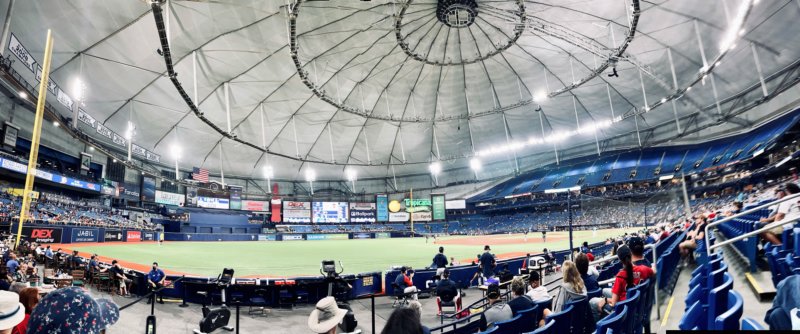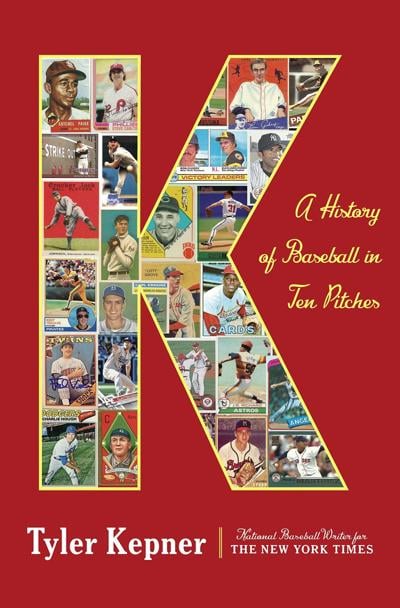Title: Once Upon a Time In Queens
Release Date: September 14, 2021
Director: Nick Davis
Production Company: ESPN | ITV Studios America | Kimmelot | MLB Productions
Summary/Review:
This ESPN 30 for 30 documentary about the 1986 New York Mets is one that I will have trouble reviewing objectively as it pushes all of my nostalgic buttons. I tend to be a nostalgic person to begin with but this film hit me more emotionally than I ever expected. It’s not just that it’s about my favorite baseball team’s best season ever but that it so richly captures the time and the place of New York City in the 1980s, which I experienced vicariously as a child of the suburbs. And it’s not even that it was the “good old days,” as this film demonstrates it was a time of unrepentant greed, unrestrained substance abuse, toxic masculinity, and racial tensions, all of which were exemplified by the Mets. And yet, there is something about the community that came together around these deeply flawed men who did amazing things on the ballfield. Living in the past quarter-century of a Yankees-worshiping society, it’s hard to believe how much the Mets were beloved and unifying.
The four-part documentary goes deep into the roots of the Mets, a team that was a replacement for New York and Brooklyn losing the Giants and Dodgers that somehow won a miraculous World Series in 1969, and then trading away their franchise pitcher Tom Seaver in 1977. The first part focuses on how the team gained a new owner in 1980 and with a new general manager put together the pieces of a winning team that would have very exciting second-place finishes in 1984 and 1985 before dominating baseball in 1986. The other three parts focus on the season itself with a good amount of film footage both on and off the field, some of it that I’d never seen before.
As you’d expect from a documentary, there are a lot of talking head interviews, and many but not all of the Mets’ players are represented. Some of the best observations come from Kevin Mitchell, who was a rookie in 1986 and played only one season with the Mets, and Bob Ojeda, who was in his first season with the team and thus has something of an outsider’s perspective on the team’s perspective. Manager Davy Johnson is also very insightful. The heart of the film, though, is dedicated to the stars of the team: Keith Hernandez, Darryl Strawberry, and Dwight Gooden. All of them came from troubled family backgrounds and all of them suffered from addictions. I was impressed by how candid and introspective each of these men are in their interviews. The other big star of the team, Gary Carter, died in 2012, otherwise he would’ve been a prominent subject as well. Instead archival footage and interviews with his wife have to suffice. At the other end of the spectrum, Lenny Dykstra appears to be inebriated and still full of himself. But he does provide some of the documentary’s best laugh lines.
As documentaries go, there’s nothing groundbreaking in its filmmaking, but it’s extremely well-edited. I also loved the soundtrack which ranges from Tom Waits to the Beasties Boys to the Mets’ own rally songs (yes, they recorded two that season). Writers like Greg Prince and Jeff Pearlman offer expert opinion and context while a wide variety of fans including Chuck D, Cyndi Lauper, George R.R. Martin, and various people who recorded “where was I” videos of their experiences during the legendary Game 6 of the World Series. I didn’t feel that it was necessary to keep cutting in scenes from the movie Fear Strikes Out for the Keith Hernandez story. I also think the epilogue overstates things about the Mets’ “collapse” after 1986. While they didn’t make it to another World Series, the Mets remained a very good team through the 1990 season. It was harder to start a dynasty in the 1980s, and had the three-division structure of MLB been adopted a decade earlier, the Mets would’ve finished in first place 7 years in a row. Despite it being a 4-hour movie, Once Upon a Time in Queens went by quickly and left me wanting more. If you like sports’ documentaries it is definitely worth your time.
Rating: ****









